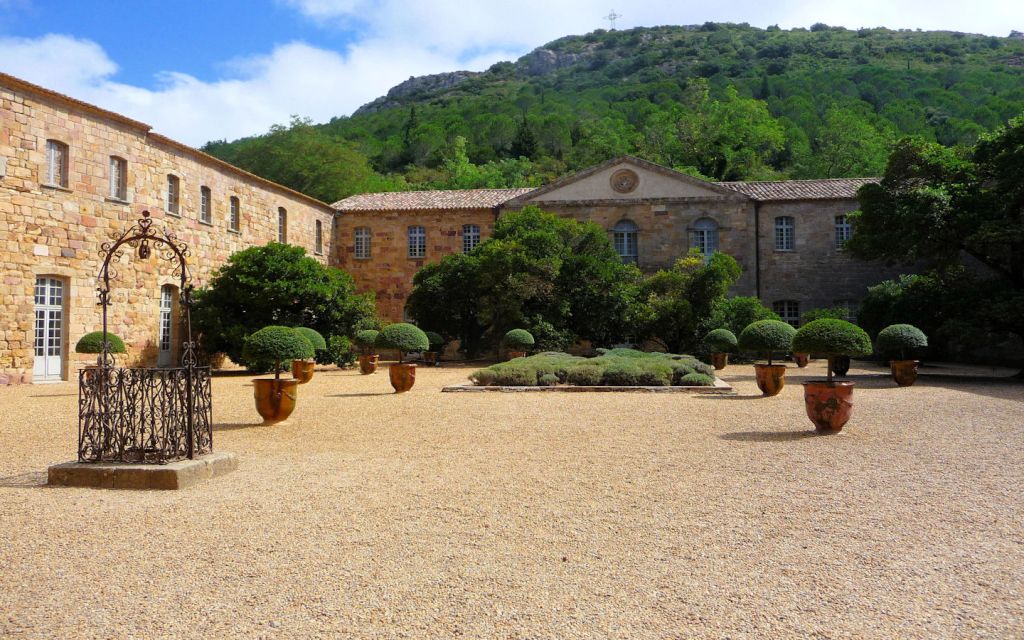
It was while staying in the village of Bize in southern France, that I came across the Abbaye Sainte-Marie de Fontfroide, a former Cistercian monastery that sits in the foothills of the Corbières, 15 kilometres south-west of Narbonne. There are many abbeys in France, but the Abbaye de Fontfroide at Bize is special, located as it is in the heart of the unspoiled Fontfroide Massif and nestled in the heart of a typically Mediterranean landscape.
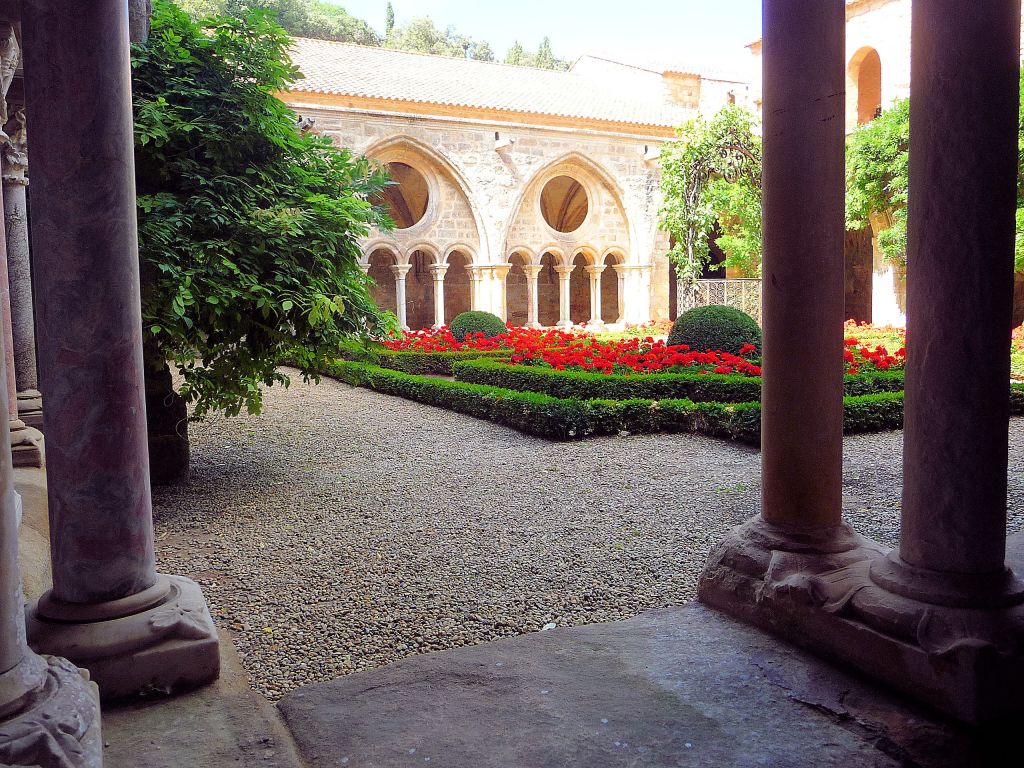
This sumptuous 12th and 13th century Cistercian complex consists of large terraced gardens, a rose garden, a good restaurant and rooms to let. It also holds an annual orchid festival, and produces its own wine. What’s not to like about that?


Founded in 1093 by a few Benedictine monks, Fontfroide was linked in 1145 to the Cistercian order and quickly became one of the most powerful abbeys in Christianity, growing in status and power, due in no small part to having been gifted land by the Viscountess Ermengard of Narbonne. During the Crusade against the Albigensians, it asserted itself as a bastion of Catholic orthodoxy in the face of Catharism.
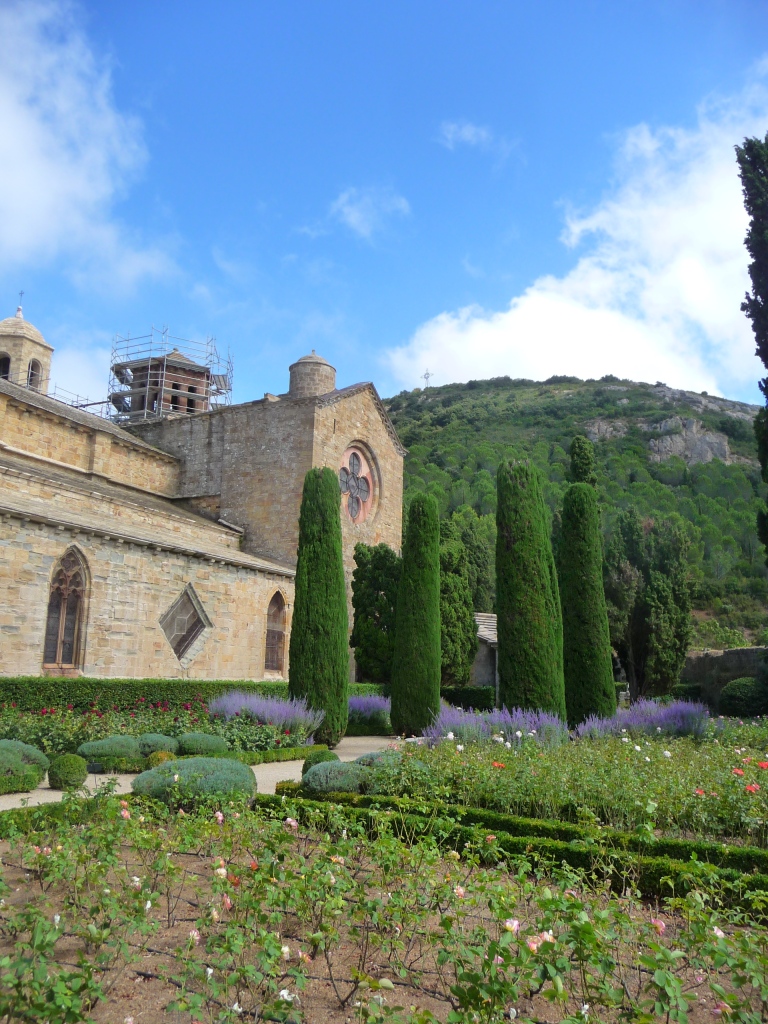

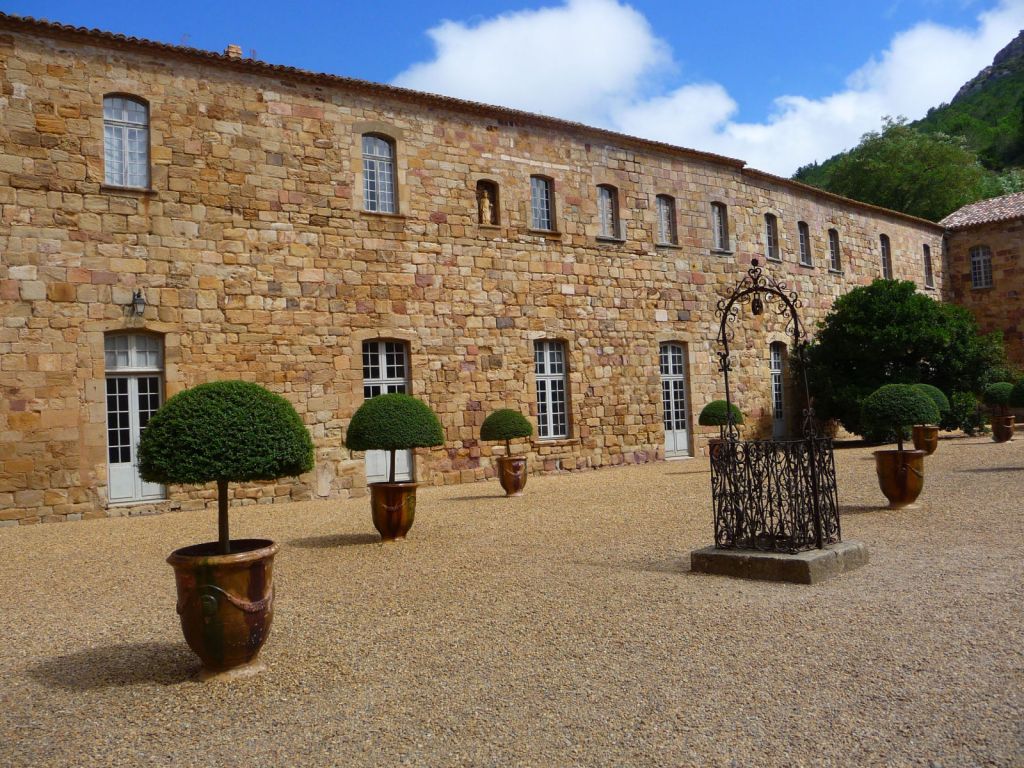
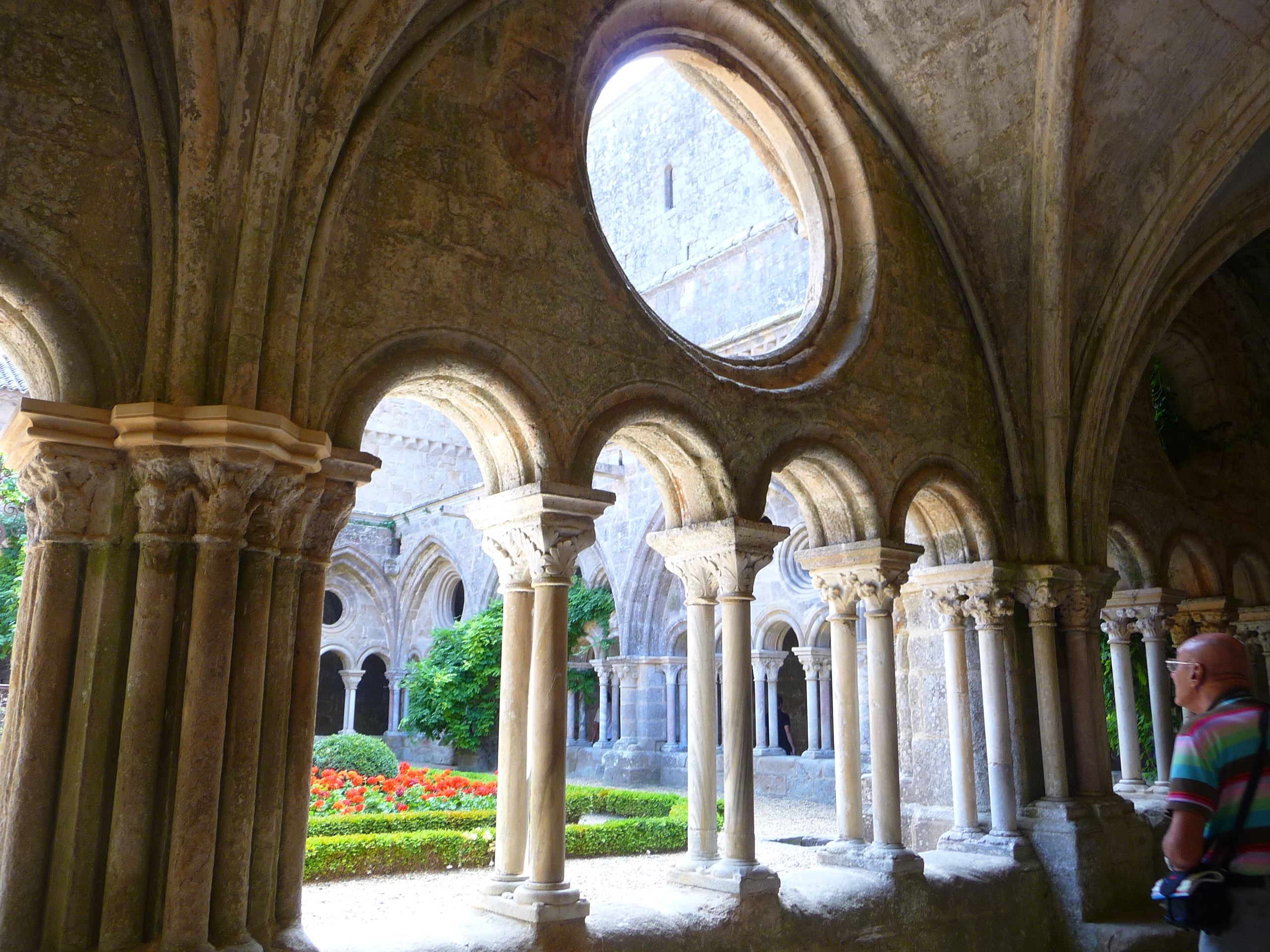
It seems it had a rocky history from then on under the ownership of three different families in the 14th and 15th centuries, with further depredations taking place in the 15th and 16th centuries when the commendatory abbots (ecclesiastics/laymen) took more and more of the income from the abbey to the point where it became increasingly poor. By the time of the French Revolution, it had to be abandoned.

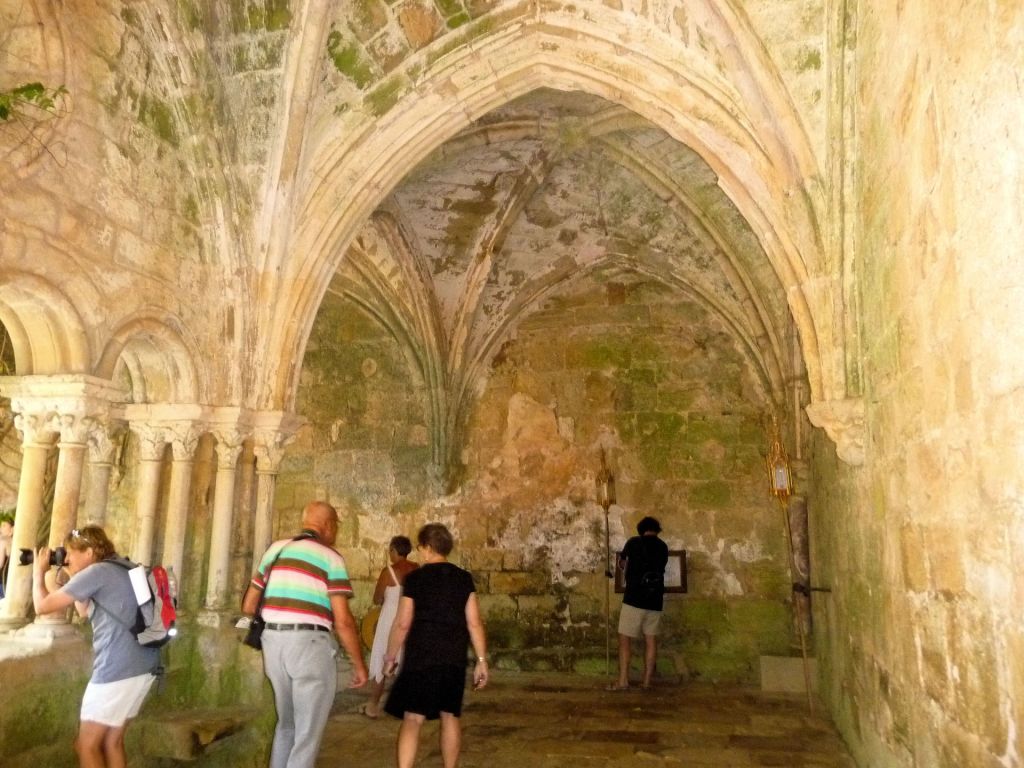
Things seemed to be looking up when, in 1858, the monks from the Abbaye Notre-Dame de Sénanque in Gordes formed a new community at Fontfroide, but sadly, they were sent into exile in Spain in 1901 due to legal changes, and the monastery was once again abandoned.



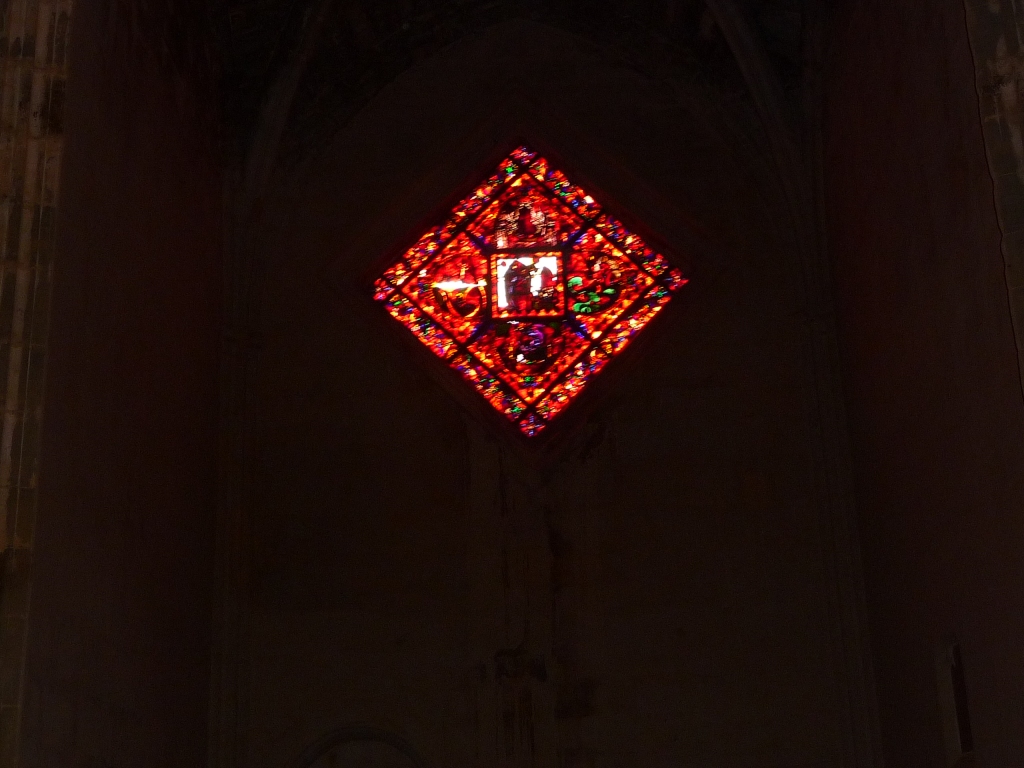


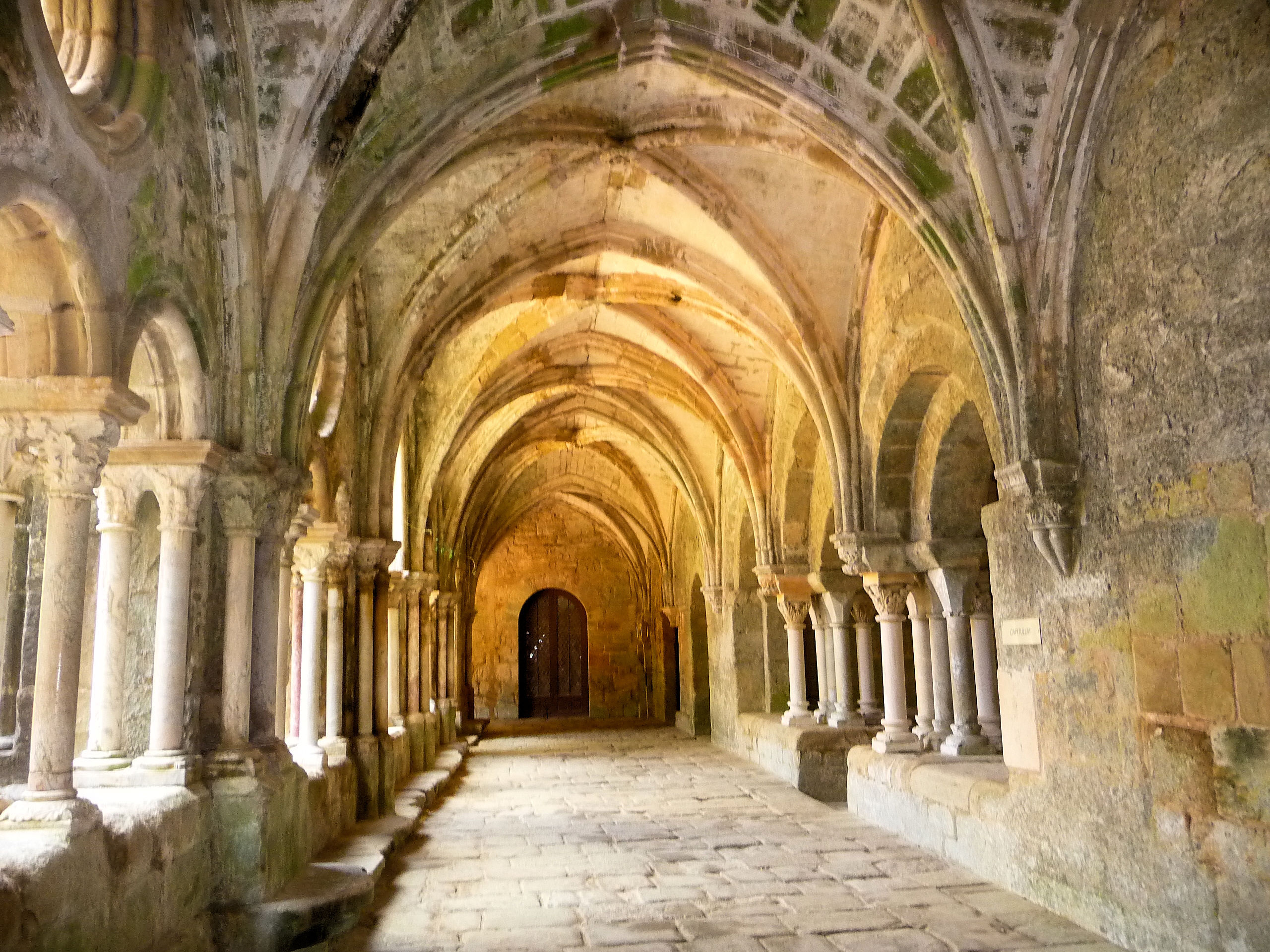
But in 1908, fate stepped in again when French painter Gustave Fayet and his wife Madeleine Fayet purchased the abbey and began its restoration which is an on-going project. It is still privately owned and throughout each year there are festivals and artistic presentations, including the orchid festival already mentioned. The Abbey produces AOC Corbières wines and one can have lunch at their “La Table de Fonfroide” restaurant or café where the wines can be sampled and bought.



Truly, a place worth visiting.

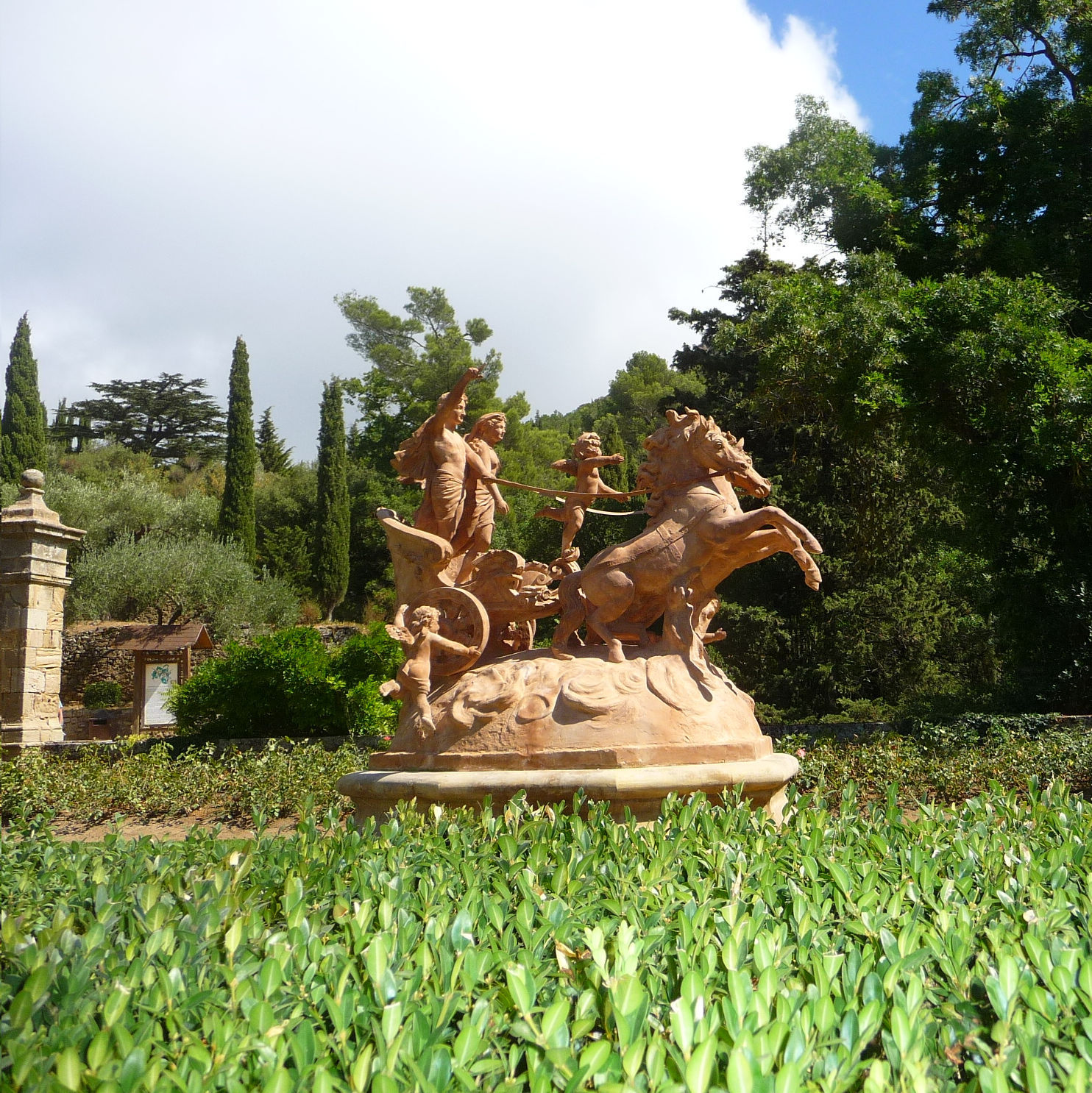



- Address: Route Départementale 613, 11100 Narbonne (in the Aude department)
- Open: daily from mid-May to the end of December

What a beautiful garden! Thank you for the tour through you photos. Very special!
LikeLike
That looks so lovely with the bright flowers and old stones – very peaceful too 🙂
LikeLiked by 1 person
Thank you Sarah. As you can probably guess, I’m trying to get my writing mojo back – baby steps so far but I’m flexing those writing muscles at least! It’s amazing how difficult it is to get back into it when you’ve stopped writing for as long a I hav. About to take my first overseas trip soon – just a weekend break for a birthday party in Sweden – but terribly excited about it all.
LikeLiked by 1 person
Ooh that is exciting! And I think writing is indeed like a muscle, it goes a bit flabby if you don’t use it for a while. But a bit of exercise and you can get back into it in no time! Plus Sweden will give you some fresh material, I am sure 🙂
LikeLiked by 1 person
It does look a beautiful place, serene too, but I’m guess that’s the nature of such a place. Strange to be abandoned by “the church” but a lucky break getting private ownership. Events across the year seem typical of French culture, sadly lacking here! And … I’m a big fan of Corbieres wine generally, it’s one of the few reds other than Pinot Noir I like but you have to be careful in choice because there’s such a range of terroir across the area.
LikeLiked by 1 person
I’m no connoisseur of Corbiere wines but I have enjoyed some while in the area and I’ve bought one or two in the UK which were quite good – beyond passable anyway. There’s always something special about drinking the wine in the area in which it is produced.
LikeLiked by 1 person
There’s a whole barrage of thought, science and philosophy about drinking the wine within the area it was made.
LikeLiked by 1 person
Looks beautiful there – and tranquil and serene.
LikeLiked by 1 person
Exactly, that’s just how it is.
LikeLiked by 1 person
Thank you for seeing like that, that’s exactly how it is. The restorers did a marvellous job, keeping the original feeling of serenity while bringing it up to date.
LikeLike
What a beautiful, serene place! It’s like something out of a fairy tale.
LikeLiked by 1 person